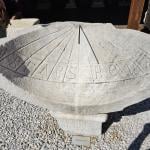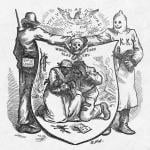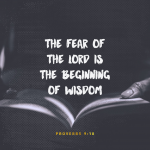The final sequence of Revelation begins with the fourth “in Spirit” vision of John (21:9-10). From that point to the end of the book, the “Lamb” is mentioned 7 times (21:9, 14, 22, 23, 27; 22:1, 3). The Lamb is entering His Sabbath, the wedding feast with His Bridal city. The seven references to the Lamb correlate, roughly, with the days of creation. As the Lamb brings new creation to fulfillment, He re-creates the world. Day 1: The Lamb appears... Read more















